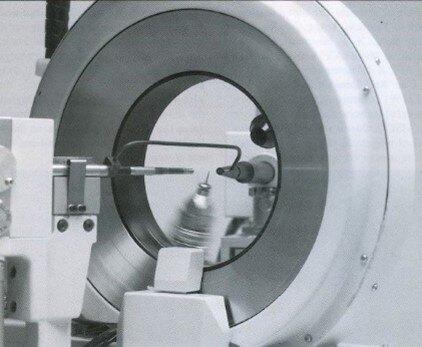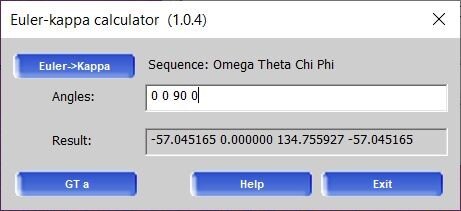TOPIQ Webinar
Interview with a Crystallographer:Maxime Siegler, Johns Hopkins University.
Rigaku has developed a series of 20–30 minute webinars that cover a broad range of topics in the fields of X-ray and electron diffraction, X-ray fluorescence and X-ray imaging. You can watch recordings of our past sessions here.
TOPIQ | Rigaku XtaLAB Synergy-R, a Productivity Tool That Means Success! Wednesday, Sep 25, 2024 at 09:00 AM CDT
Throughout the presentation, Fraser White and speaker Dr. Maxime Siegler, Johns Hopkins University, will establish the significant impacts of the acquisition of the Rigaku XtaLAB Synergy-R on the research at JHU and beyond.
Upcoming Events:
European Crystallographic Meeting 34, August 26-31, Padova, Italy.
JASIS: Japanese Analytical Scientific Instruments Show, September 3-5, Tokyo, Japan.
81st Pittsburgh Diffraction Conference, September 21-23, Ithaca, NY.
6th Latin American Crystallographic Association Meeting, September 23-26. Montevideo, Uruguay. Thanks to Leo Suescun for noticing I had the wrong dates and location.
11th Meeting of the Young Crystallographers (DGK), September 29 - October 1, Rigaku Europe, Neu-Isenberg, Germany.
European Single-Crystal User Meeting, October 8-9, Neu-Isenberg, Germany.
32nd Protein Structure Determination in Industry Meeting, November 10-12, Paris, France. To keep up to date on the latest news and events from Rigaku Oxford Diffraction, follow our Twitter feed. Join Us on LinkedInOur LinkedIn group shares information and fosters discussion about X-ray crystallography and SAXS topics. Connect with other research groups and receive updates on how they use these techniques in their own laboratories. You can also catch up on the latest newsletter or Rigaku Journal issue. We also hope that you will share information about your own research and laboratory groups. Rigaku X-ray ForumAt rigakuxrayforum.com you can find discussions about software, general crystallography issues and more. It’s also the place to download the latest version of Rigaku Oxford Diffraction’s CrysAlisPro software for single crystal data processing. European Crystallographic Meeting News:
Crystals in the News
Book Review
|






